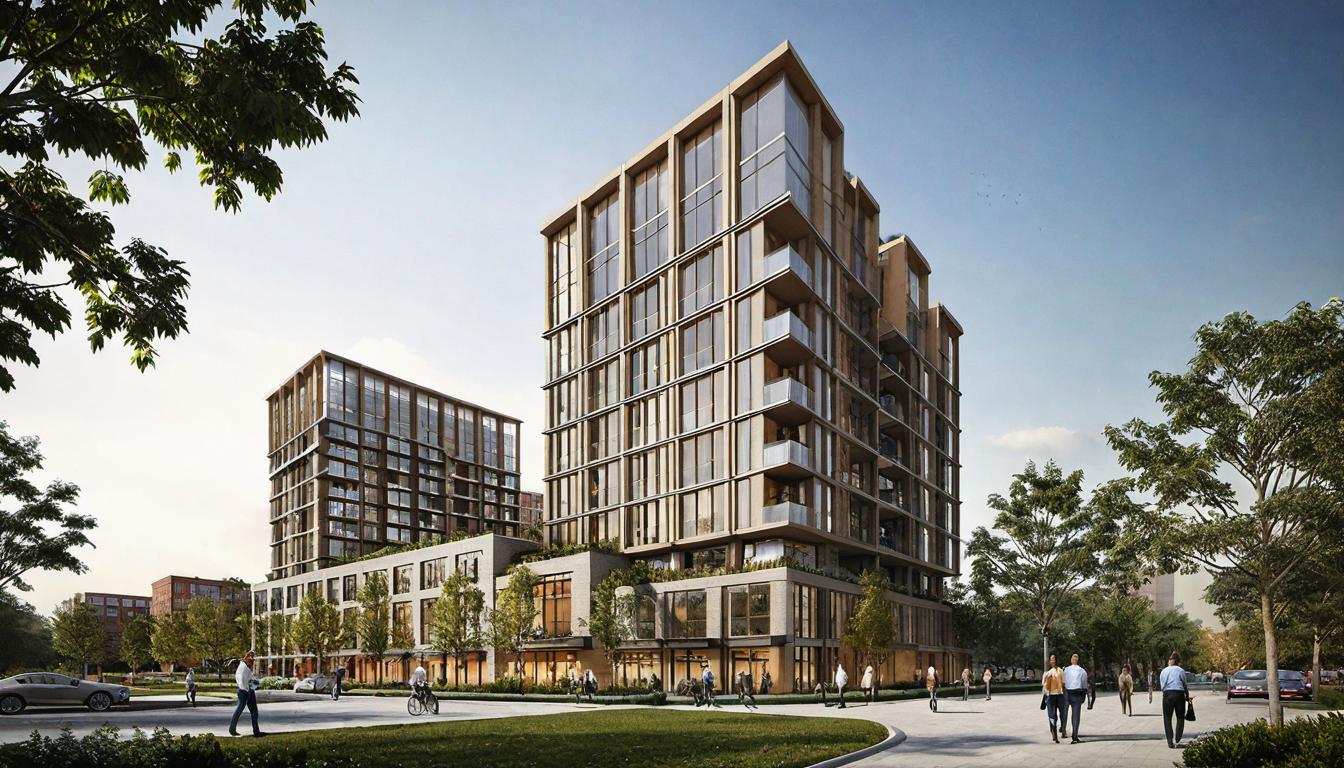Why Securing a Mortgage is Tougher Now?
Introduction
With the U.S. housing market facing significant challenges, securing a mortgage is becoming a complex task, especially for professionals like architects, interior designers, and those in real estate. Home prices have surged, listings have dwindled, and borrowing costs are steep, affecting many who wish to purchase a new house. Let’s look at the factors that are complicating the mortgage landscape today.
The Current State of the U.S. Housing Market
- The rising housing prices and reducing listings: Over the past three years, home prices have surged by nearly 40 percent, while listings have declined by almost 20 percent.
- A look at U.S. Mortgage System: The system enables homeowners to lock in their interest rate for up to 30 years, a practice quite different from other countries.
Fixed Interest Rates: A Comparative Outlook
- U.S. vs Britain and Canada: Unlike the U.S., fixed interest rates in Britain and Canada are generally set only for a few years, making the U.S. system unique.
- U.S. vs Germany: In Germany, fixed-rate mortgages are common too, but refinancing them is challenging compared to the U.S. system.
Discrepancy in Borrowing Costs
This discrepancy in borrowing costs adds layers of difficulty for new buyers. With current rates often above 7.5 percent, many new buyers face higher costs than existing homeowners who secured their loans at less than 4 percent.
The 30-Year Mortgage System: A History
- How it is discouraging homeowners from selling? Many homeowners hesitate to sell their homes because they would forfeit their low-rate mortgages, leading to a limited supply on the market.
The Unaffordability Issue – Who is Affected?
- The drop in home sales: There’s been over a 15 percent decrease in home sales, making it more challenging for new buyers.
- The impact on millennials: As home prices rise and listings fall, millennials are finding it harder to enter the housing market.
Critiques on the 30-Year Mortgage System
- Effects on affordability: While this system provides stability for some, it can escalate housing costs and demand without necessarily increasing supply.
- The imbalance of demand and supply: High demand combined with fewer homes for sale leads to steeper prices and more competition.
Racial and Economic Inequality in the U.S. Mortgage System
The fixed-rate mortgage system has been noted to create disparities, with minority groups often unable to refinance or secure affordable loans, thereby exacerbating inequality.
Understanding ‘Golden Handcuff’ Phenomenon
Many homeowners feel “locked-in” by their low-interest mortgages and are reluctant to sell, even when they desire to move, limiting housing availability.
Homeowners’ Predicament: Is Current High Mortgage Rate to Blame?
High mortgage rates make moving less attractive for existing homeowners, contributing to housing scarcity and putting additional pressure on prices.
Comparison: The Present and The Past
Current mortgage rates nearing 7% are reminiscent of the late 1970s and early 1980s when rates doubled, causing people to hold onto homes, similar to today’s market.
Mortgage Rates: The Outlook for the Future
Economists speculate that the rates will remain high unless inflation reduces significantly, which influences future home buying plans and market dynamics.
Frequently Asked Questions
- Why is securing a mortgage more difficult now than before? Securing a mortgage is tougher due to higher interest rates, rising home prices, and limited housing inventory.
- How has the U.S. mortgage system’s fixed interest rate affect the housing market? The fixed-rate system stabilizes loan repayments but limits sellers, contributing to housing shortages.
- What are some of the implications of the 30-year mortgage system? It offers consistent payments, but can inflate prices and restrict housing supply when rates rise.
- Why is the U.S. housing market becoming unaffordable for millennials? Millennials face high costs and fewer listings, making it difficult to buy homes in this competitive market.
- Could the U.S. mortgage system be contributing to racial and economic inequality? The inability for some racial groups to refinance at lower rates furthers economic disparities.
Final Thoughts
The path to securing a mortgage has indeed become tougher, with various factors at play. Rising prices, interest rates, and a shrinking inventory make it challenging for new buyers while existing owners feel restricted by lower-rate mortgages. Balancing affordability and availability will be crucial to future transitions in the housing market.




